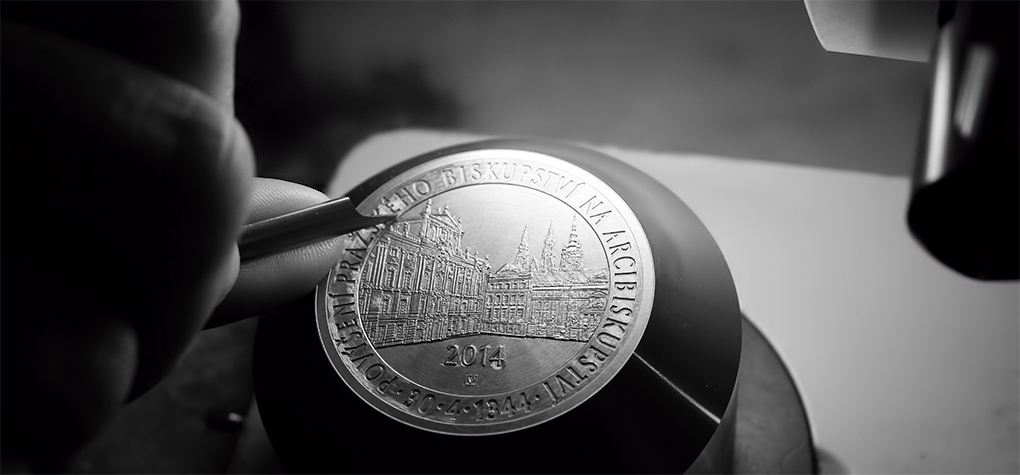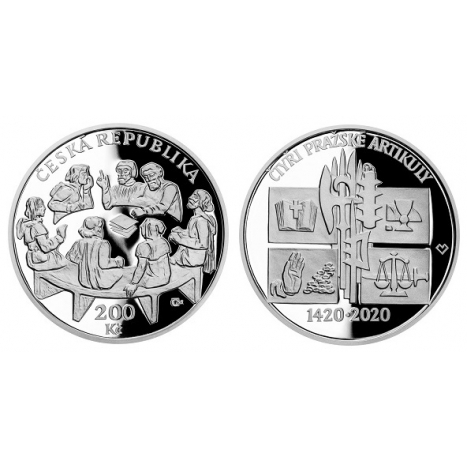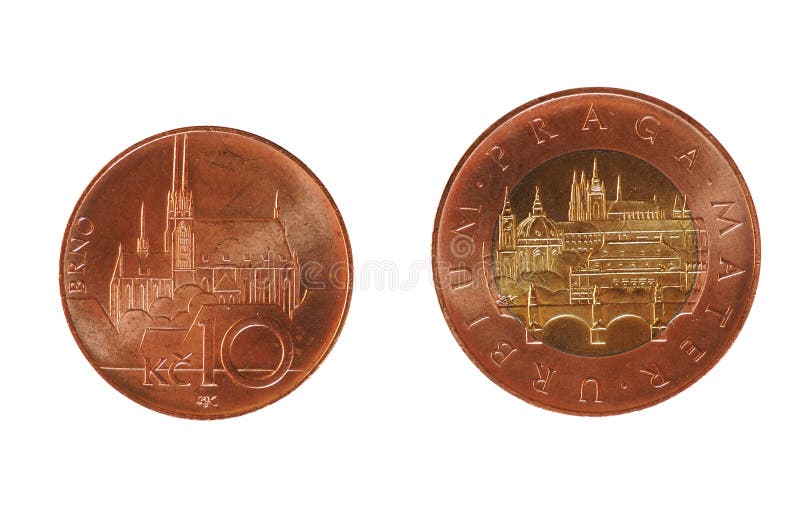Free Facts For Sandblasting Czechoslovakia Medals
Wiki Article
What Is A Mold Made Of Plaster? Used To Make An Initial Physical Representation For A Gold Coin Or Medal?
A gold coin or medal design can be used to serve as a design reference for the artist or designer. The design may be drawn with a pencil or pen, or a representation created using graphics design software. Other materials, such as clay or wax might be utilized.
Plaster preparation is combined with water to produce an easily-workable consistency. The mixture must be uniform with no lumps for the best mold.
Create the base - The maquette is sculpted on an appropriate base or platform. This base could be a board of wood or an even surface that gives stability.
Sculpting the MaquetteUtilizing the design of gold as a model The artist then begins to sculpt the design into the plaster. The plaster is then shaped to form a relief or 3D image of the coin or medal.
Detailing & Refinement The artist will be focusing on the finer details, changing the lines of the design and ensuring that the proportions are correct. Attention to detail and precision are essential at this point.
Allowing time to set and dry- After the sculpting has been done, the plaster will need to be allowed to dry and set. The maquette will set and keep its shape.
Finalizing the Maquette - Following drying out, the surface is then smoothed to remove any bumps and rough spots.
Preservation and sealing- A sealant or protective coating is applied on the maquette's surface to preserve it and prepare it for further processes, such as molding or scanning.
The plaster maquette is a three-dimensional tangible illustration of the design for the gold medal or coin. The maquette of plaster is used to design molds for mass production as well as to serve being a material of reference to guide other steps of the manufacturing process. Read the top Czechoslovakia gold coins plaster molds blog recommendations. including gold and coin shops near me, gold bullion price today, double eagles, 2000 sacagawea dollar, british sovereign gold coin, five dollar gold piece, gold coins for sell, olympic gold medal, coins and gold, 24k gold coin and more.

What Are The Reasons Why The Dies Used Create Gold Coins And Medals Undergo Vacuum-Hardening Processes
The vacuum hardening method is employed in the making of gold-plated coins or medals. The process involves heating dies at high temperatures and then exposing them to controlled environments within the vacuum. Here's a quick overview of how to vacuum harden dies.
To make dies that will be used to create the coins or medals, they must be free of any contaminants or residues.
Loading into vacuum Furnace
Die dies are placed inside a chamber of vacuum, that is a specially designed heat-treatment room capable of creating vacuum.
Evacuation Air
The vacuum oven eliminates any air in the chamber creating an environment free of oxygen and other gases. This is to prevent burning and also to guarantee uniform heat treatments.
Heating Phase
The furnace is heated up to the temperature needed to harden the dies. The range of temperature will be determined by the material type and the process of hardening.
Soaking in high temperatures
The dies are held at a high temperature for a specific time which allows the material to reach and maintain the desired hardness and metallurgical structure.
Quenching or Cooling
After soaking and the dies are then cooled or quenched using specialized methods. This rapid cooling procedure aids in locking the desired hardness in the metal.
Tempering (Optional).
In certain cases, process of hardening can be followed by a tempering procedure. The dies are heated up to a lower heat to ease internal stress and improve toughness, while maintaining hardness.
Quality Control and InspectionQuality Control and Inspec
Dies with hardened surfaces are subjected to strict quality inspections and checks to ensure that they meet the standards for strength, hardness and tolerances to dimensional measurements.
Post-Treatment Handling-
After the process of vacuum hardening dies can be polished or coated prior to when they are used in the coin or metal strike process.
The process of hardening by vacuum increases the wear resistance, durability and longevity of dies used to create gold coins or medals. By creating a controlled environment free of atmospheric pollutants This process guarantees the consistent and reliable hardening of dies, which improves the quality and longevity of the minted products. Read the top rated vacuum hardening Czechoslovakia gold medals site advice including double eagles, gold and bullion, 100 grams gold biscuit, gold bullion bars for sale, platinum coins, sell gold coins, gold silver coins, cheerios sacagawea dollar, golden and silver, 2000 olympic and more.

What Are The Advantages Of Sandblasting For Certain Kinds Of Textures Or Finishes, Like Matte Surfaces Or Textured Ones?
This method is employed to create matte or textured finishes on gold medals or coins. This technique is utilized for many reasons.
Surface Preparation: The coin is placed in a cabinet or a chamber equipped with an air compressor as well as the spray nozzle. Abrasive materials are usually contained within the chamber.
The medal or coin is then sprayed with an abrasive substance, which can include glass beads, sand, silicon carbide or aluminum oxide.
High-Pressure Propulsion - Abrasive particles are launched onto an object using compressed gas or another high pressure system. The force and speed that the particles encounter the surface create the desired finish or texture.
Texture creation: By altering the surface's topography because of the impact of the abrasive particles, the texture is created. This is used to create a smooth surface, or to create rough textures in certain regions.
Controlled Application - The intensity and duration, as well as angle and application can be controlled to produce different textures or surfaces. Different abrasives can produce different results.
Sandblasting is utilized for a variety of reasons
Texture variation - Sandblasting can create a variety of textures and finishes like glossy, grainy, frosted or textured surfaces. This adds visual interest to the medals or coins.
Aesthetic Enhancement - Sandblasting changes the look of the surface by reducing the shine and diffusing the light reflection. This improves the visual appeal of the medal or coin. Matte finishes help to emphasize certain elements of the design by reducing glare.
Anti-Glare: A matte or textured finish that is created by sandblasting will reduce reflections and glare. This makes the coins or medals look attractive and also more easily read with no undesirable light interference.
Contrasting Design ElementsSandblasting can create contrast between polished and textured areas of the medal or coin to highlight specific design elements or creating visual depth and dimensionality.
Customization and Creativity- Sandblasting offers customization options, allowing for artistic expression and the creation of coins or medals with distinctive designs or textures that are customized to meet specific design specifications.
Sandblasting can be a diverse technique used to create various surface finishes or textures on gold coins or medals that contribute to their design, and visual appeal. appearance. Have a look at the recommended sandblasting Czechoslovakia gold medals blog advice. including gold krugerrand, gold bullion price, gold bars for sale near me, 1 0z gold, gold pieces for sale, 1972 gold dollar, american gold eagle 1 oz, 50 dollar gold piece, buy coin gold, golden and silver and more.

How Are Gold Blanks Fed Into Coin Presses And Stamped Under High Pressure During Minting?
In the process of minting gold blanks are loaded into coin presses and stamped under extreme pressure to make them into finished coins or medals. Here is a quick overview of the steps in loading blanks.
Loading gold blanks into a feeder connected to the coin press takes place after they have been cleaned, inspected and graded. This feeder ensures that blanks are constantly delivered to the press.
Feeding Blanks on the Press
The feeder system is used to feed the blanks into the striking chamber in the coin press one at a time. This ensures accurate positioning of each blank for stamping.
Alignment of Positioning
The blanks are aligned in the press and then placed in the room for striking, making sure they are perfectly aligned to allow for the stamping.
Striving under High Pressure
A coin press is a device that applies high pressure to gold blanks using two dies, one stationary and the second moving. The stationary die makes negative marks on the design of the coin, while it is moving that die acts as the hammer that strikes the blank.
Die moves and strikes the blanks with immense force. This transfers the design onto the surface of the blank. Die pressure results in relief and detail that is raised on the coin.
Repeated Striking-
Multi-strikes are a great option for more expensive coins or medals, such as proofs or collector's editions. This will result in more precise and sharper image. Each strike helps to refine the surface details of the blank.
Ejection and Collection
The newly struck medals or coins will be released and placed into containers or trays once they've been struck. Quality control is performed to ensure the designs adhere to the specifications.
Post-Processing-
According to the specifications of the mint or design, coins and medals can undergo additional treatments, such as edge lettering or reeding as well as post-strike treatments.
The process of stamping under high pressure is vital because it transfers the desired design to the gold blanks and transforms the blanks into finished pieces of gold ready for circulation, collection, or even commemoration. This process is highly precise as any changes in pressure or alignment could affect the quality of the final product. Take a look at the top rated minting Prague Mint gold coins website tips. including 2000 olympic, saint gaudens gold coin, gold coins for sale, gold coin 24k price, cost of 1 oz of gold, 1oz gold price today, golden dime, twenty dollar gold coin, ngc grading, cost of a gold bullion bar and more.
